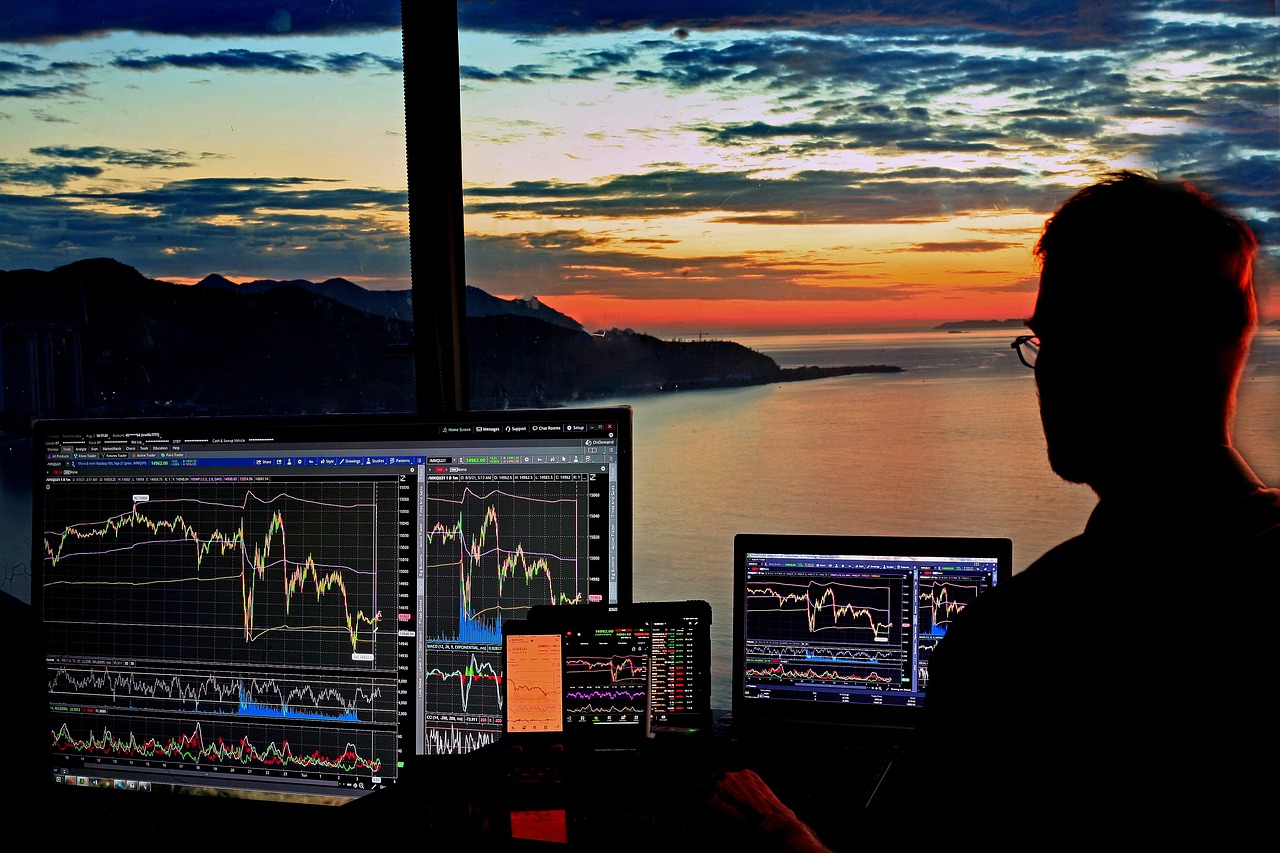As artificial intelligence (AI) continues to revolutionize industries across the globe, its impact on the financial trading sector has been especially profound. AI-driven algorithms, machine learning models, and high-frequency trading systems have significantly increased trading speeds, improved the efficiency of data analysis, and reshaped investment strategies. However, despite the advanced capabilities of AI, human traders still hold a critical edge in many areas of financial trading. This unique human advantage stems from the ability to interpret market nuances, exercise judgment in uncertain environments, and leverage emotional intelligence—traits that AI has yet to fully replicate.
The Rise of AI in Financial Trading
AI has become deeply embedded in financial markets, helping investors and institutions process vast amounts of data in real-time, automate trading strategies, and improve decision-making. From high-frequency trading to algorithmic strategies, AI tools have enabled firms to gain a competitive advantage by executing trades faster and more accurately than human traders could. Machine learning algorithms can analyze historical price movements, predict market trends, and even make autonomous trading decisions based on patterns within the data.
The shift toward AI in finance is particularly evident in areas like quantitative trading, where large-scale data analysis and pattern recognition are paramount. AI systems are designed to identify correlations between disparate sets of data, such as economic indicators, geopolitical events, or market sentiment, which can help inform trading strategies. In this regard, AI offers significant advantages in terms of speed, scale, and precision.
Where Human Traders Excel
Despite the incredible capabilities of AI, there are several critical areas where human traders still outperform machines. These include aspects such as market intuition, complex decision-making in ambiguous situations, and the ability to incorporate qualitative factors into trading strategies.
1. Emotional Intelligence and Judgment
Perhaps the most notable area where human traders still have an edge is in emotional intelligence. Financial markets are driven not only by data and technical analysis but also by human behavior—fear, greed, optimism, and uncertainty. While AI can analyze past market movements and respond to data-driven signals, it cannot replicate the emotional intelligence that human traders bring to the table.
Human traders can assess the “mood” of the market and adjust their strategies based on factors that go beyond numbers, such as market sentiment or geopolitical developments. For example, during times of economic crisis or political uncertainty, human traders can often better gauge the emotional state of the market, which can lead to more informed decision-making in ways that algorithms simply cannot.
2. Interpreting Qualitative Data
AI excels at analyzing structured quantitative data, such as stock prices, volume, and financial statements. However, markets are influenced by qualitative factors that require human insight. These include company leadership changes, shifts in consumer behavior, or even shifts in cultural or geopolitical trends. While AI is improving at natural language processing (NLP) and sentiment analysis, it still struggles to understand the nuances of human behavior and language in the way that a skilled trader can.
For instance, when a company reports earnings, the financials are only part of the story. The tone of the CEO’s comments during an earnings call, or how analysts react to unexpected developments, can often provide valuable clues that are not immediately obvious through quantitative analysis. Human traders are able to factor in these contextual and qualitative aspects in a way that AI models cannot.
3. Adaptability in Uncertain Markets
Financial markets are inherently unpredictable, and despite all of the advancements in AI and machine learning, the real world often presents situations that are outside the scope of historical data. In black swan events—unforeseen and highly impactful events like the COVID-19 pandemic or the 2008 financial crisis—AI algorithms often struggle to adjust, as they are designed to base decisions on past trends. In contrast, human traders can apply critical thinking and adapt their strategies to new realities in ways that machines cannot.
For example, during the early stages of the pandemic, financial markets experienced extreme volatility, and many AI systems that were based on historical data struggled to make accurate predictions. Human traders, on the other hand, were able to apply their judgment in real-time, adjusting for the unknowns of the situation and managing risk in ways that AI could not.
4. Regulation and Ethical Considerations
In addition to judgment and adaptability, human traders are also better suited to navigate the complex ethical and regulatory considerations of financial trading. In recent years, there has been growing concern about the role AI plays in exacerbating market volatility, particularly in areas like high-frequency trading (HFT), where machines can execute thousands of trades per second.
Human traders, by contrast, are bound by legal regulations and ethical guidelines that require them to consider the broader impact of their trades on market integrity and fairness. While AI can certainly assist in ensuring compliance, human judgment is often required to interpret the intent behind the regulations and navigate the ethical dilemmas that arise in the course of trading.
The Role of AI and Humans Together
Rather than a competition, the future of financial trading is likely to see AI and human traders working in tandem. AI can process massive amounts of data, identify trends, and execute trades at high speed, but human traders will continue to provide the context, intuition, and flexibility needed to adapt to unforeseen challenges and changes in market conditions.
For example, while AI can suggest potential investment opportunities based on data patterns, human traders will still be required to make the final judgment about whether the opportunity fits within their broader strategy. Similarly, while AI can automate routine trading tasks, human traders can focus on higher-level strategy, decision-making, and adapting to market conditions that are not easily quantified.
Conclusion: Humans and AI Can Complement Each Other
While AI is undoubtedly transforming the landscape of financial trading, human traders still retain a crucial edge in areas requiring intuition, emotional intelligence, qualitative analysis, and complex decision-making in uncertain environments. AI may excel at processing large volumes of quantitative data and executing trades at lightning speed, but it is humans who bring the ability to interpret complex situations, adapt to changes, and incorporate ethical considerations.
As financial markets continue to evolve, the most successful trading models will likely be those that combine the best of both worlds—AI’s computational power and speed, alongside the critical thinking, judgment, and adaptability of human traders. This synergy between technology and human expertise is the key to thriving in the increasingly complex and dynamic world of finance.
References:
- McKinsey & Company, “Artificial Intelligence in Financial Services: How AI is Reshaping the Industry” (2022).
- Forbes, “Why Human Traders Still Have an Edge Over AI in Financial Markets” (2023).
- Harvard Business Review, “The Role of Human Judgment in Financial Decision-Making” (2021).


